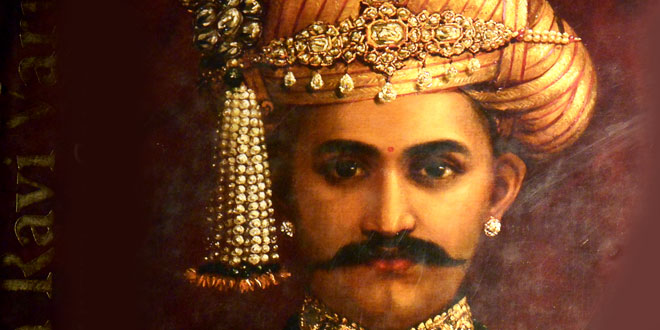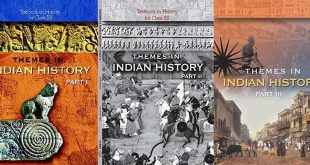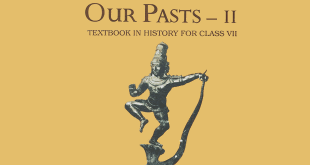Question: Describe the main influences on modern Indian Art.
Answer: In the mid-twentieth century, India was a new democratic country carved out of the subcontinent and led by the Indian National Congress. During this nascent period of independence, its citizens sought to define its parameters and understand its reason for being. The cultural sphere was highly politicized. Authors wrote stories and poems that critiqued the way nationalist leaders handled the events leading up to independence and partition of India and Pakistan. Within the burgeoning art scene, artists introduced themselves as modern and secular practitioners. Some were political, while many more were concerned with formal issues. Some incorporated indigenous traditions, while others turned to art practices from outside of India.
- The Bombay Progressives: During the 1930s and ’40s, a number of communist groups were active in the cultural arena in India. Along with theater professionals and writers, visual artists joined together under the banner of “progressive” and identified with Marxism. In Bombay in 1947, Francis Newton Souza (1924–2002), Maqbool Fida Husain (born 1915), and others formed the Progressive Artists’ Group. They had leftist leanings, rejected the nationalist art of the Bengal School, and embraced international modern art practices. Over the years, Souza gained international notoriety for his erotic and religious paintings that were informed by a variety of styles, including Expressionism, Surrealism, Cubism, and Primitivism. Husain has also worked in a number of international painting modes; he was exposed to the art of Europeans including Emil Nolde and Oskar Kokoschka through the Progressive Artists’ Group. His work, however, retains traces of indigenous traditions; in particular, he has had an ongoing interest in Indian cinema. Husain first supported himself as an artist by painting cinema billboards; more recently, he has directed films and depicted contemporary film stars in his paintings.
- “Living Traditions”: K. G. Subramanyan (born 1924) invented traditions by juxtaposing contemporary art with popular culture, and folk art with urban trends. He studied under Nandalal Bose at Santiniketan outside of Calcutta. This art school, founded by the poet Rabindranath Tagore, emphasized Indian traditions and handicrafts. Subramanyan passed on his knowledge of both popular and fine arts to new generations of artists. His influence extended far and wide through his writings on art theory and teaching at Maharaja Sayajirao University in Baroda (an important art department inaugurated in 1949).
- Abstraction, Minimalism, and Figurative Painting: Upon first looking at the work of a number of modern Indian artists, there seems little to differentiate their imagery from art made in other parts of the world. Yet their cultural heritage does affect their work, even if it is not apparent. In his ethereal abstract paintings, Natvar Bhavsar’s (born 1934) fields of color breathe and throb (1980.227). Although he moved to New York in the 1960s and was a contemporary of Abstract Expressionist painters, Indian culture continued to inform his work—Hinduism guided his use of colors, for instance. Nasreen Mohamedi (1937–1990) made minimalist ink drawings. The reverberating lines in her work recall Indian music, and she was influenced by the clean forms of Islamic architecture and design. The figurative work of Arpita Singh (born 1937) is made with pigment and very little oil to form cakes of impasto paint. This patchy quality references the folk art of quilts in India. And Krishna Reddy (born 1925) played with multiple printmaking techniques in Paris during the 1950s. He felt free in this environment in contrast to India, which had just experienced the light of freedom after centuries of foreign rule.
- Photography: Ebrahim Alkazi is known for his visual eye, theatrical mastery, and deep interest in the relationship between art and theater. He recently received the “Living Treasures of Bombay Award” in recognition of his contribution to the cultural life of the city. Director of the Art Heritage Gallery at Triveni Kala Sangam, he was one of the first promoters of artists such as Maqbool Fida Husain. Alkazi now has one of the largest private collections of historical photographs, Sepia International, which is based in New York City.
During his brief life, Raghubir Singh (1942–1999) published over twelve books of color photographs taken of the various regions of India (1991.1282). Singh’s books are usually dedicated to a geographical region or area such as Rajasthan, Kashmir, and Bombay, and frame contemporary India within a historical and legendary context. Color is an essential tool in his candid images of everyday life.
 Class Notes NCERT Solutions for CBSE Students
Class Notes NCERT Solutions for CBSE Students




